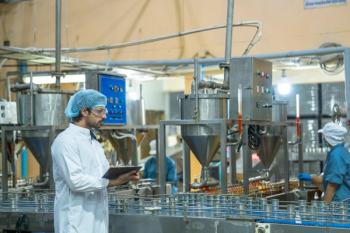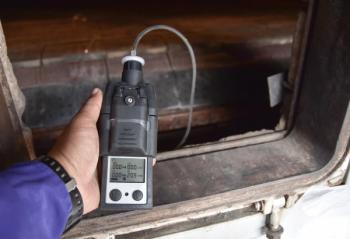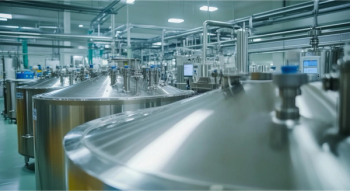
Improving Plasmonic Catalysis
In this interview segment, Prashant Jain, who is a G. L. Clark Professor of Physical Chemistry at the University of Illinois Urbana-Champaign (UIUC), discusses the implications of his study’s findings, highlighting how they advance our understanding of light-driven hydrocarbon formation pathways and plasmonic catalytic events.
In our first two interview segments with Prashant Jain, who is a G. L. Clark Professor of Physical Chemistry at the University of Illinois Urbana-Champaign (UIUC), we talked about his award plenary talk before diving into the unique reaction pathways observed in light-driven chemistry on nanoparticles, particularly in CO2 reduction (1–3). Jain is this year’s recipient of the Clara Craver Award, which is an annual award given out by the Coblentz Society each year at the SciX Conference. This award honors outstanding molecular spectroscopists under 45 for significant contributions to applied analytical vibrational spectroscopy (3). Jain delivered his award lecture, “Catalysis Under the Light,” on October 5 and chaired his award session the following day at the SciX Conference (2,3).
In the final part of our conversation with Jain, we explore the implications of his study’s findings, highlighting how they advance our understanding of light-driven hydrocarbon formation pathways and plasmonic catalytic events.
Spectroscopy: In your studies of CO₂ reduction on plasmonically active nanoparticles, you’ve identified critical intermediates, including one-electron, one-proton species and multi-carbon coupling products. How do these findings advance our understanding of light-driven hydrocarbon formation pathways?
Prashant Jain: The detection of this intermediate that you pointed out, CO2 plus one electron and one proton, really gave us insight into how this process and other light-driven processes work. First off, I should say that HOCO is something that is found in combustion literature. In extremely high temperatures, you find this intermediate, but in this system, plasmonic nanoparticles with light HOCO are being found, formed, and detected at room temperature. This is really telling us that light can drive chemistry non-thermally without having to go to those high temperatures where you might make such an intermediate. The second thing we figured out is by looking at the structure of HOCO, which is really CO2, but with a bench structure, unlike gas-based CO2, which is a linear molecule and therefore very unreactive.
This interview clip is part of our interview with Jain. To stay up to date with the latest coverage of the 2025 SciX Conference, click
References
- SciX Conference, The Clara Craver Award: Catalysis Under the Light. SciX Conference. Available at:
https://scixconference.org/2025-final-program (accessed 2025-10-06). - Wetzel, W.; Hroncich, C. Recapping the Sunday Award Plenary. Spectroscopy. Available at:
https://www.spectroscopyonline.com/view/recapping-the-sunday-award-plenary (accessed 2025-10-08). - Wetzel, W. Monitoring Catalytic Events Using Nanoparticle Single-Level SERS. Spectroscopy. Available at:
https://www.spectroscopyonline.com/view/monitoring-catalytic-events-using-nanoparticle-single-level-sers (accessed 2025-10-10).
Newsletter
Get essential updates on the latest spectroscopy technologies, regulatory standards, and best practices—subscribe today to Spectroscopy.





